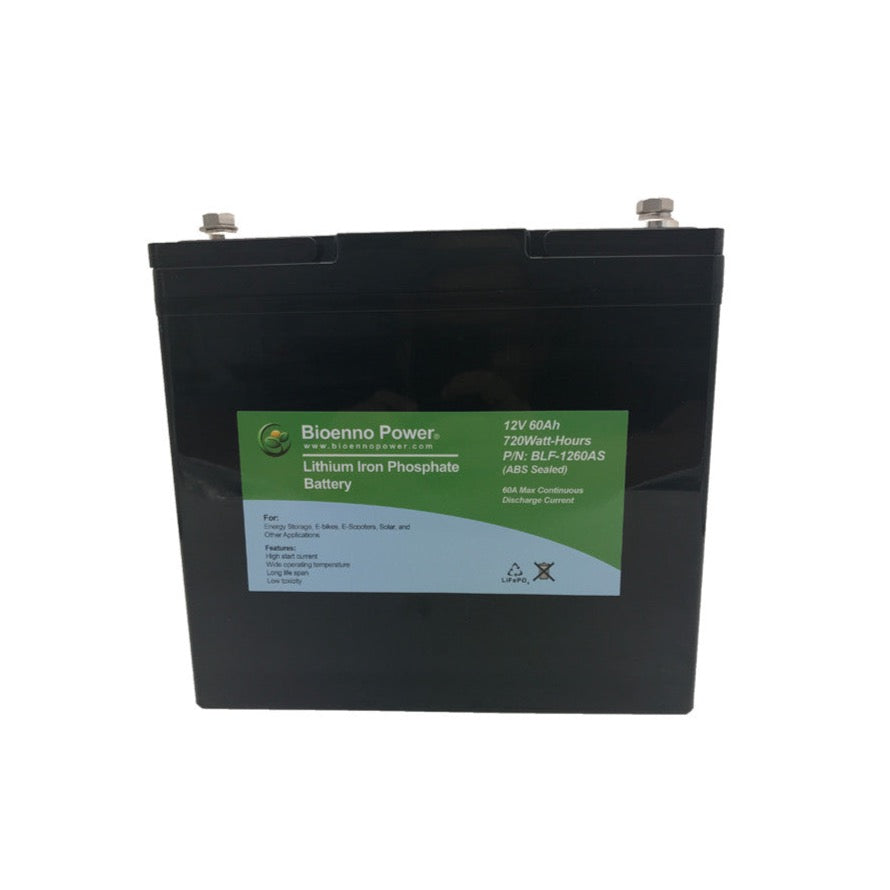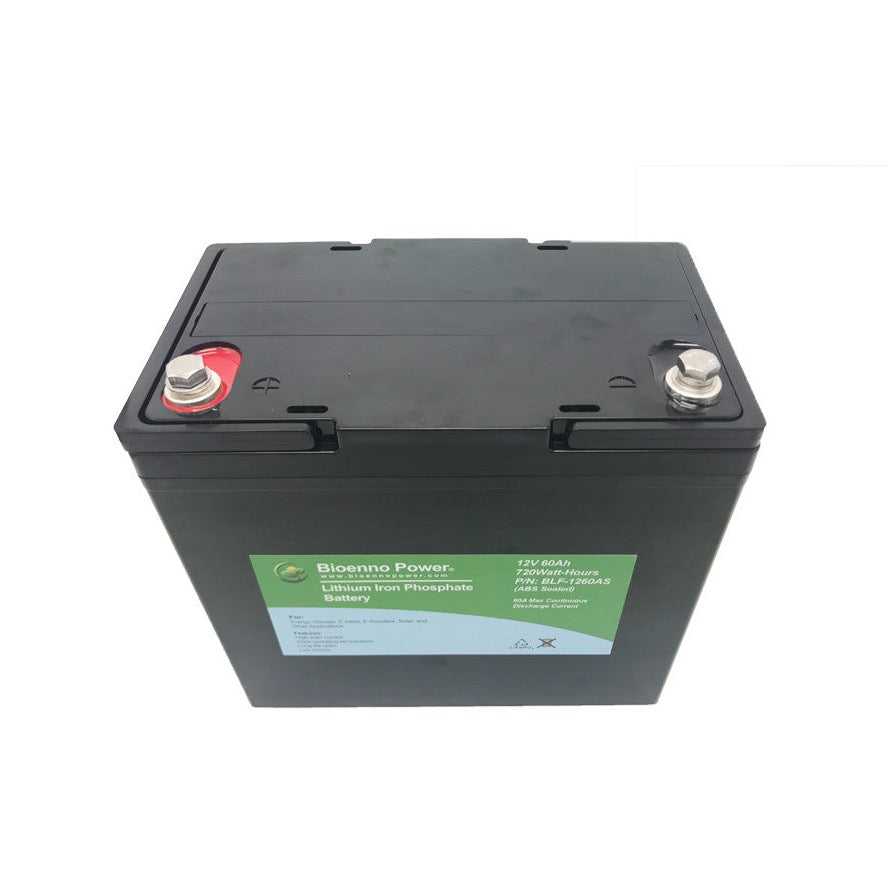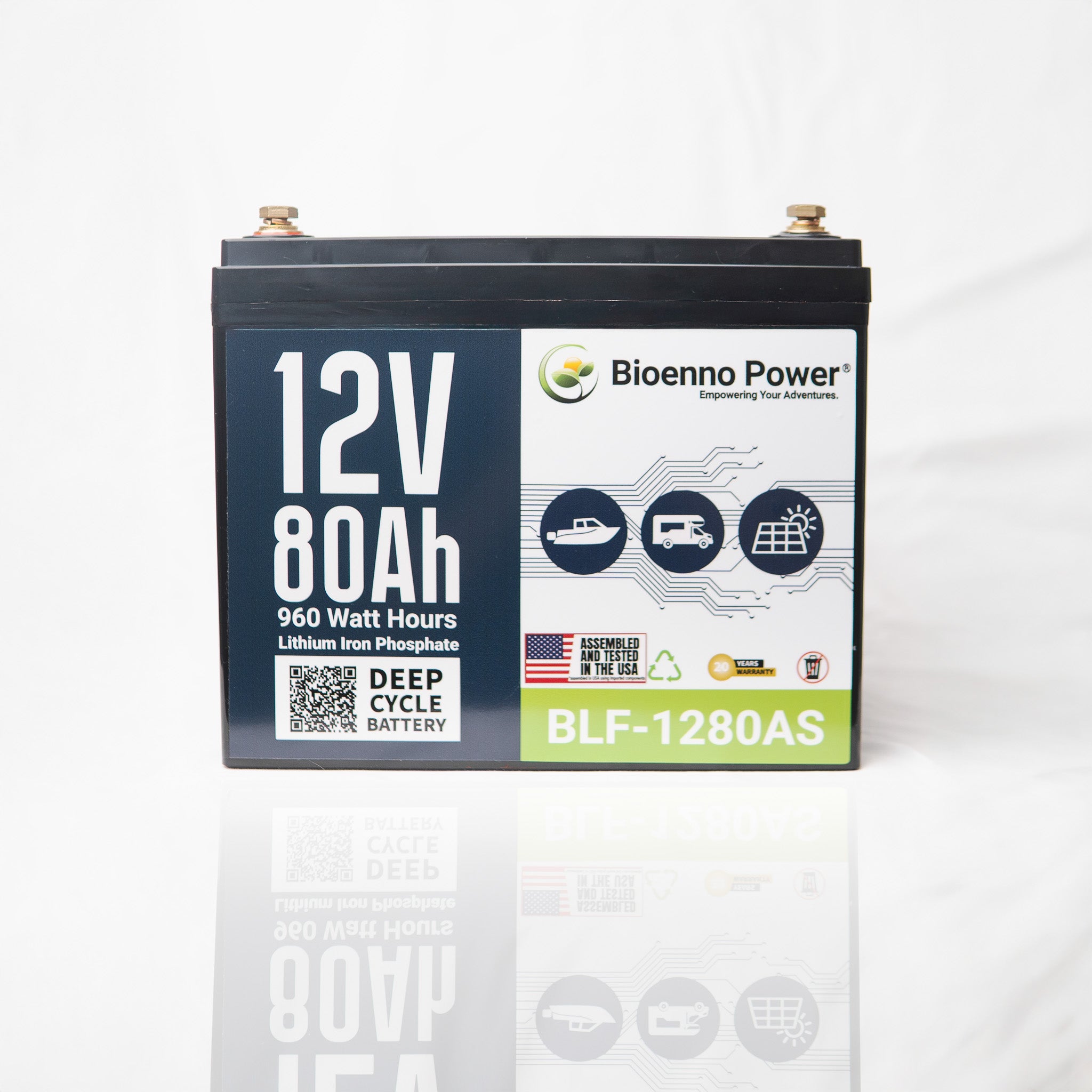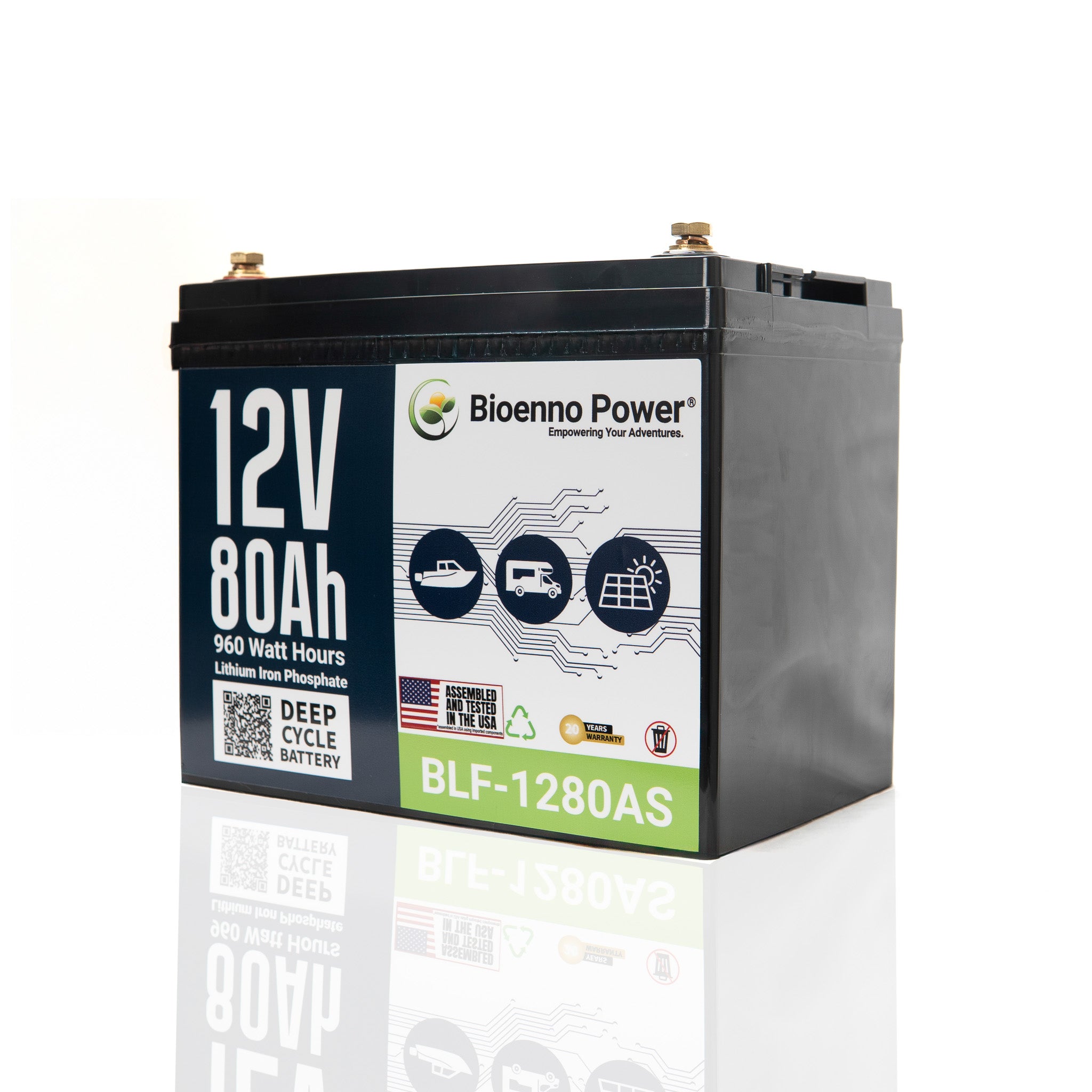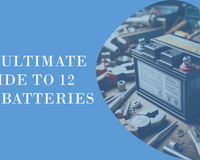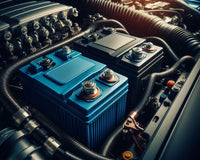The Ultimate Guide to Marine Batteries: 12 Essential Tips and Tricks You Can't Miss
Navigating the open waters requires a vessel equipped with a reliable power source. Your marine battery isn’t just a component of your boat; it’s the heart that keeps the essential functions beating. In this comprehensive guide, we’ll explore 12 essential tips and tricks to ensure your marine battery is in top condition, enhancing your time on the water.
1. Choose the Right Type of Battery for Your Needs

Selecting the right battery hinges on your specific needs. Deep-cycle batteries are best for trolling motors and other electronics, providing steady power over longer periods. Starting batteries, on the other hand, deliver a burst of energy to start engines but aren't suitable for long-term energy consumption. Dual-purpose batteries can serve both needs to a certain extent but may not be as efficient in specialized roles. Each type has its merits, and your choice should be informed by the primary use of your boat.
2. Understand Battery Capacity and Power Requirements
Battery capacity, measured in amp-hours (Ah), indicates how much electricity a battery can store and deliver over time. To determine the appropriate capacity for your boat, calculate the total amperage draw of your onboard equipment and consider how long you'll need to run it between charges. Remember, it's advisable to have a battery with a capacity that exceeds your calculated needs to prevent deep discharges, which can reduce the battery's lifespan.
3. Maintain Proper Charging Practices
Proper charging is vital for battery longevity. Over or undercharging can lead to decreased performance and lifespan. Use a smart charger that prevents overcharging by switching to a maintenance mode once the battery is fully charged. According to the experts at Battery University, charging lead-acid batteries to only 85% of capacity instead of full can double their service life.
4. Keep the Battery Clean and Secure
A clean battery with tight connections ensures optimal performance. Corrosion at the terminals can cause resistance, leading to inefficient power delivery and starting issues. Regular cleaning with a mixture of baking soda and water can neutralize acid and prevent buildup. Additionally, securing your battery in place will protect its structure and function, as vibrations from rough waters can damage the internal plates.
5. Regularly Inspect Battery Health
Frequent inspections can catch issues before they become serious. Look for signs of wear, leakage, or swelling, which can indicate internal problems. A voltmeter can be used to check the charge level and health of the battery. Charge levels vary on a number of different factors.
6. Store Batteries Properly During Off-Season

During the off-season, remove batteries from the boat and store them in a cool, dry place to avoid discharge and damage. Charging them fully before storage and maintaining the charge with a trickle charger will keep them in good condition. The Battery Council International recommends storing batteries at a 40% state of charge to minimize sulfation and preserve capacity.
7. Match Battery Size to Your Engine
For starting batteries, it's essential to match the size and power of the battery to your engine's requirements. A battery that's too small won't provide the necessary cranking amps, while an oversized battery can be unnecessarily costly. Check your engine's manual for the recommended battery specifications.
8. Consider the Marine Battery’s Reserve Capacity
Reserve capacity is the number of minutes a fully charged battery can run at a specific load before it's discharged. This metric is crucial if you find yourself in a situation where the engine won’t start, and you need to run essential electronics. A battery with a higher reserve capacity will give you more time.
9. Use a Battery Box for Added Safety
A battery box can protect the battery from the elements and contain any leaks, ensuring safety on board. It also prevents accidental short circuits by keeping the terminals covered. The National Marine Manufacturers Association (NMMA) advocates for the use of a battery box to comply with safety regulations.
10. Monitor Battery Temperature

Extreme temperatures, both hot and cold, can significantly affect battery performance. Heat accelerates chemical reactions in the battery, leading to faster discharge and potential damage. Cold can reduce cranking power. It's important to monitor and moderate the temperature of your battery's environment to maintain its efficiency and longevity.
11. Be Mindful of Battery Age
The age of a battery can be a critical indicator of its reliability. Even with impeccable maintenance, most lead-acid marine batteries have a practical lifespan of 3 to 6 years. Beyond this period, their ability to hold a charge diminishes. Keep a record of the purchase date and watch for age-related decline in performance.


